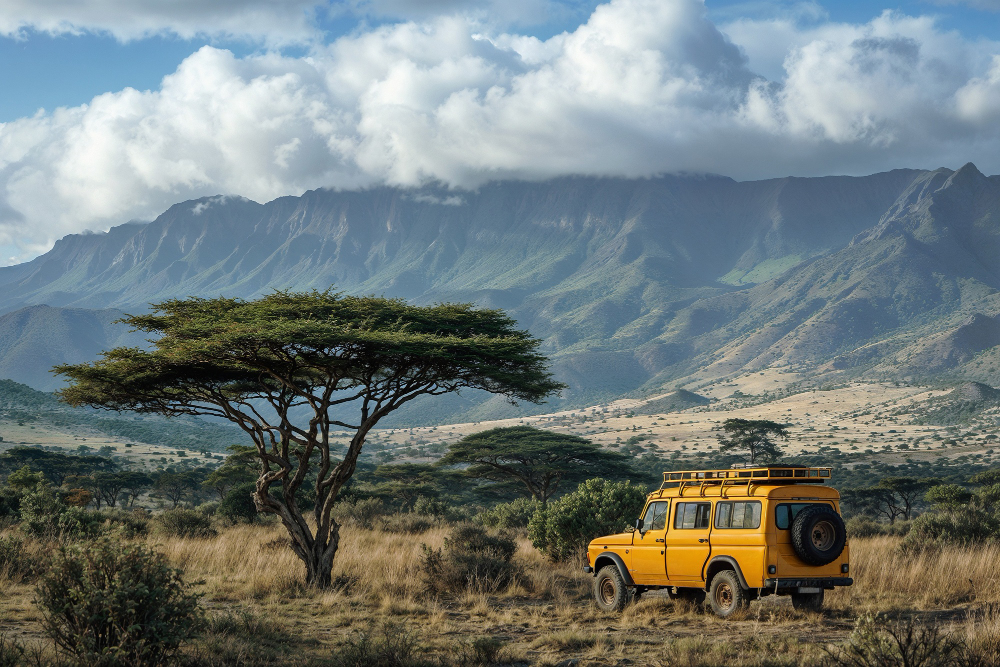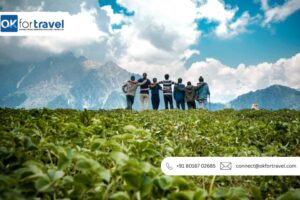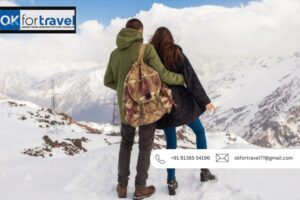Have you ever dreamt of capturing a lion’s roar at sunrise or the delicate gaze of a giraffe in the golden plains? Tanzania offers photographers from the United Kingdom a wildlife experience unlike any other. With the right approach and preparation, Tanzania safari tours can yield unforgettable photos that rival professional wildlife portfolios.
Why Tanzania is a Photographer’s Paradise?
Tanzania is home to the Serengeti, Ngorongoro Crater, and Selous Game Reserve—ecosystems teeming with iconic African wildlife. According to the National Geographic, over 4 million wildebeests and countless predators migrate here annually, offering photographers a front-row seat to nature’s drama. The varied landscapes—from vast savannahs to lush wetlands—provide a dynamic backdrop for diverse photographic opportunities.
Essential Gear for Safari Photography
Wildlife photography demands preparation. Here’s a breakdown of expert essentials:
- Camera and Lenses: A DSLR or mirrorless camera with a telephoto lens (200–600mm) captures distant subjects with clarity.
- Tripod or Monopod: Vital for stabilizing shots, especially during early morning or late evening light.
- Extra Batteries and Memory Cards: Safari days are long, and wildlife encounters are unpredictable.
- Protective Gear: Dust covers, lens hoods, and waterproof bags safeguard equipment from the elements.
Timing and Light: Your Secret Weapons
The golden hours—shortly after sunrise and before sunset—offer soft, directional light that adds drama and depth to photos. Planning your game drives around these periods maximizes your chances of capturing stunning shots. Additionally, early mornings often reveal animals’ most active behaviours, such as hunting, grazing, or social interactions.
Composition Tips for Wildlife Photography
Even with the best equipment, framing a compelling shot requires technique:
- Focus on the Eyes: Animals’ eyes convey emotion and make images more engaging.
- Rule of Thirds: Position the subject off-centre for a natural, balanced composition.
- Include Environment: Show animals within their habitat to tell a complete story.
- Capture Behaviour: Action shots like a cheetah sprinting or elephants bathing evoke a sense of motion and life.
Planning Your Safari for Maximum Photography
Booking with reputable providers ensures access to the best photographic spots. Many UK travellers find that tailoring Tanzania safari tours around key wildlife seasons improves chances of witnessing predator-prey interactions and migration spectacles. Mid-year, for example, is ideal for the Great Migration, while dry months make animals easier to locate near waterholes.
For a seamless experience, consider Tanzania vacation packages that include expert guides, safari vehicles with pop-up roofs, and photography-specific itineraries. This ensures you spend more time capturing moments and less time navigating logistics.
Behavioural Tips for Wildlife Photographers
- Patience is Key: Wildlife is unpredictable. Quiet observation often rewards you with the most authentic shots.
- Minimise Disturbance: Avoid loud noises or sudden movements; animals are more likely to behave naturally when undisturbed.
- Blend In: Neutral clothing and staying inside vehicles reduce your visibility and increase the chance of close encounters.
Post-Processing: Bringing Your Shots to Life
Editing software can enhance colors, sharpness, and contrast, but subtlety is crucial. Over-processing can make images look artificial. For authenticity, adjust exposure and white balance lightly, preserving the natural beauty of Tanzania’s landscapes and wildlife.
Frequently Asked Questions
1. What is the best time of year for wildlife photography in Tanzania?
The dry season, from June to October, is ideal as animals gather around waterholes, making them easier to photograph. For the Great Migration, January to March and July to October are prime months.
2. Do I need a professional guide for photography safaris?
Yes, guides have expert knowledge of animal behaviour and locations, greatly increasing your chances of capturing rare shots safely.
3. Can I use a smartphone for wildlife photography?
While smartphones have improved, for distant or fast-moving wildlife, a DSLR or mirrorless camera with a telephoto lens is highly recommended for high-quality images.
4. How should I dress for a Tanzania safari?
Neutral, lightweight clothing works best. Long sleeves protect against sun and insects, while hats and sunglasses improve comfort and focus.
Final Thoughts
Capturing stunning wildlife photos on a Tanzania safari is a blend of preparation, patience, and an eye for storytelling. From selecting the right gear and timing to respecting animal behaviour, every choice shapes your photographic journey. With thoughtful planning and a bit of luck, your trip can yield images that transport viewers straight to the heart of Africa.





